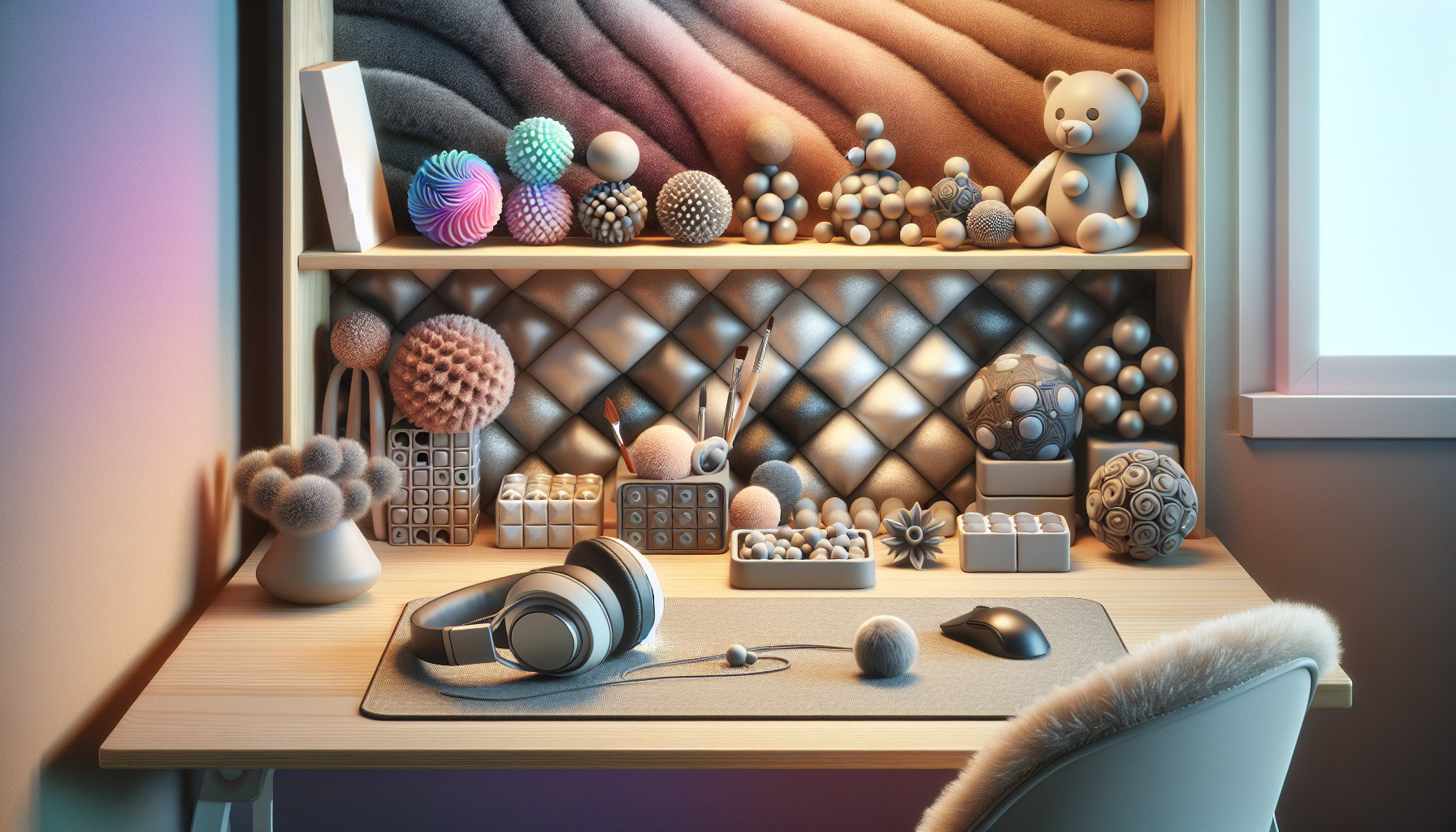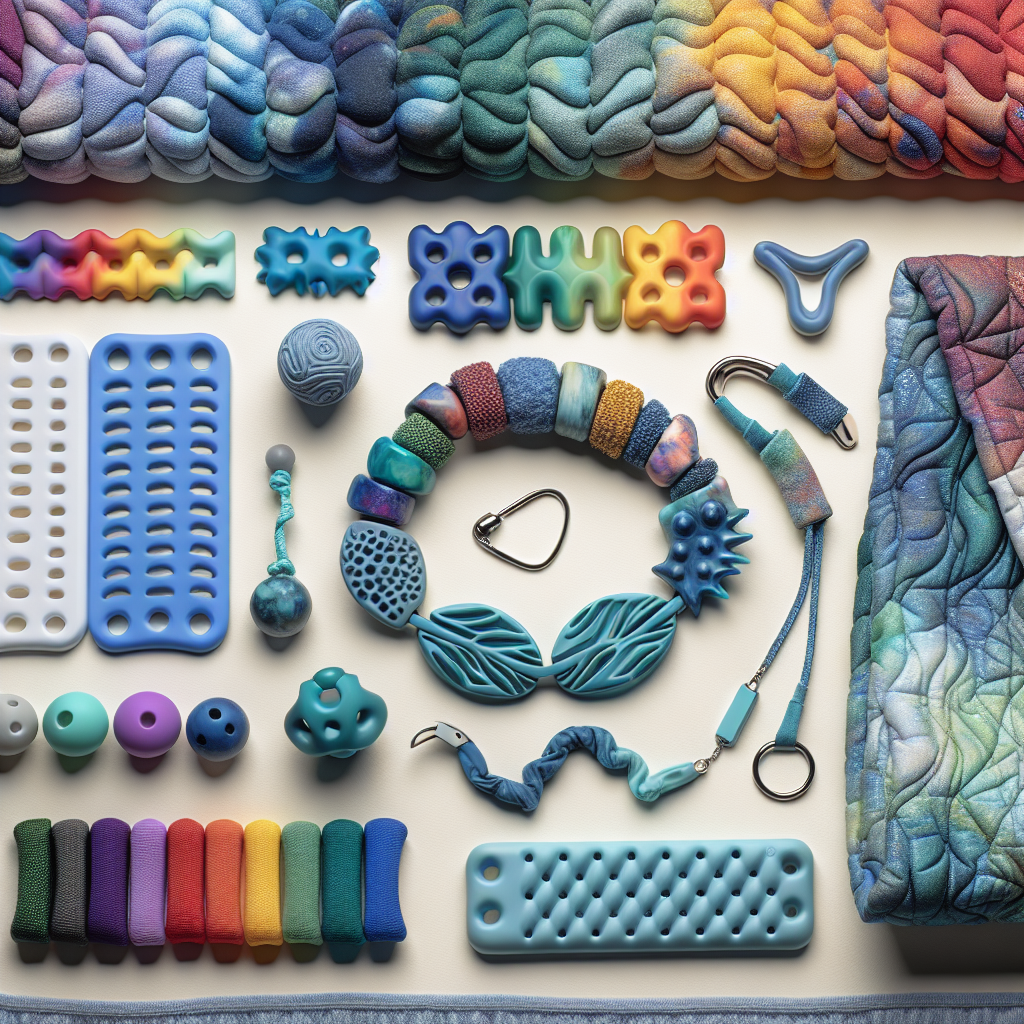Attention Deficit Hyperactivity Disorder (ADHD) presents a unique set of challenges that can affect an individual’s ability to process sensory information. Sensory health, which encompasses our ability to interpret and respond to the information we receive through our senses, is often impacted in those with ADHD. This can lead to sensory sensitivities or a need for sensory stimulation, affecting daily functioning and well-being. In this comprehensive guide, we explore strategies to improve sensory health for individuals with ADHD, helping them navigate a world that isn’t always designed for their sensory needs.
Understanding Sensory Processing in ADHD
Sensory processing issues are not uncommon in people with ADHD. These individuals might be hypersensitive to sensory input, finding certain sounds, sights, or textures overwhelmingly intense, or they might be hyposensitive, seeking out more sensory stimulation to feel comfortable. This can manifest in various ways, from being distracted by background noise to an inability to sit still without fidgeting.
To better understand the relationship between sensory health and ADHD, it’s important to recognize the role of the nervous system in processing sensory information. Our sensory organs relay information to the brain, which then interprets these signals and determines how we should react. For those with ADHD, this process can be disrupted, leading to either an overreaction or underreaction to sensory stimuli.
For more information on the fundamentals of sensory health, visit Sensory Health on the Avix Health website.
Sensory Diet: Tailoring Daily Sensory Experiences
A sensory diet is a personalized activity plan designed to provide the sensory input a person with ADHD needs to stay focused and organized throughout the day. Just as we need a balanced nutritional diet for our physical health, a sensory diet caters to our need for sensory experiences.
Creating a sensory diet involves incorporating specific, sensory-rich activities at strategic times. For example, using a weighted blanket may provide deep pressure that calms the nervous system before bed, while chewing gum or using a fidget toy might offer just enough sensory input to enhance concentration during tasks that require attention.
Structuring the Environment
The environment plays a significant role in how individuals with ADHD process sensory information. Creating a sensory-friendly space can help in reducing distractions and overstimulation. This might include minimizing clutter, using soft lighting, or incorporating noise-canceling elements into a room.
For specific strategies on creating such environments, you might find the article Designing Sensory Friendly Events and Conferences helpful.
Sensory Tools and Aids
Sensory tools can be invaluable for individuals with ADHD. Items like noise-canceling headphones can help minimize auditory distractions, while tactile toys can provide the necessary stimulation to maintain focus.
Incorporating sensory tools into daily life can make a significant difference. For more on these types of aids, explore the article on Sensory Friendly Products and Innovations.
Multisensory Approaches to Learning and Productivity
For those with ADHD, engaging multiple senses can greatly enhance learning and productivity. Multisensory environments stimulate more than one sense at a time, allowing for better retention of information and improved focus.
For instance, using colored markers to organize notes can pair visual stimulation with the tactile experience of writing, aiding memory and attention. Similarly, background music might provide just the right level of auditory stimulation to improve concentration for some individuals.
The benefits of such environments are well-documented, as you can see in Benefits of Multisensory Learning Environments.
External Resources for Further Exploration
- Understood.org offers in-depth resources on ADHD and sensory processing, providing strategies tailored to various settings, including at home and in school.
- ADDitude Magazine focuses on ADHD and provides numerous articles and tools for managing sensory sensitivities.
- The STAR Institute specializes in Sensory Processing Disorder and offers a wealth of resources that can also be beneficial for those with ADHD-related sensory issues.
- Child Mind Institute provides articles and guides on a range of topics including sensory challenges associated with ADHD.
- American Occupational Therapy Association has resources and information on occupational therapy strategies for sensory health in ADHD.
Coping Mechanisms and Behavioral Strategies
Behavioral strategies can be effective in managing the sensory aspects of ADHD. Techniques such as mindfulness meditation can teach individuals how to better cope with sensory overload by focusing on the present moment and regulating their response to stimuli.
Meanwhile, occupational therapy often focuses on sensory integration techniques, helping individuals develop the skills to process sensory information more effectively. These interventions can be tailored to all ages, as outlined in the external resources above.
Conclusion
Managing sensory health is a dynamic and ongoing process for people with ADHD. By understanding the interplay between sensory processing and ADHD, individuals can adopt strategies that enhance their sensory environment and mitigate challenges. A combination of a personalized sensory diet, carefully chosen sensory tools, multisensory learning approaches, and behavioral strategies can equip those with ADHD to navigate their sensory world with more confidence and less stress.
Remember, the journey to improved sensory health is personal and what works for one individual may not work for another. It’s important to explore, adapt, and find the combination of strategies that best suits your unique sensory profile. With the right support and resources, individuals with ADHD can thrive in a world that is increasingly aware of and accommodating to diverse sensory needs.



